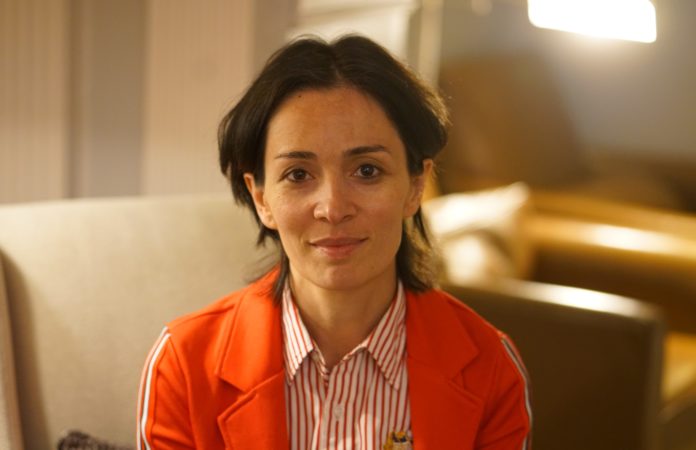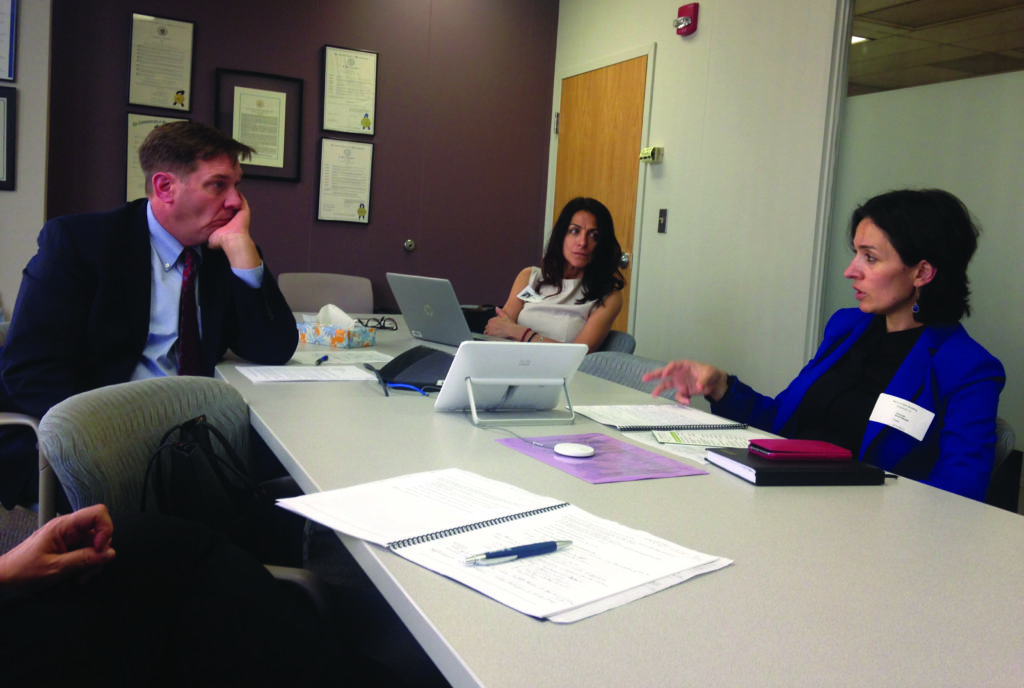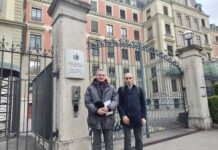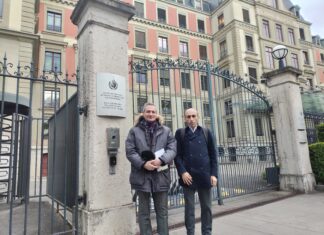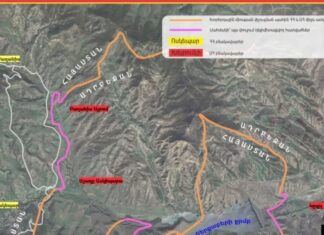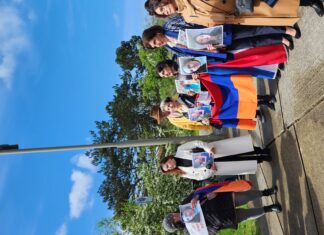CAMBRIDGE, Mass. — Deputy Minister of Labor and Social Affairs Zhanna Andreasyan was in Boston at the end of September on a week-long working visit sponsored by the Women’s Support Center of Armenia. With her was the executive director of the latter organization, Maro Matosian and its project coordinator Hasmik Gevorgyan. Lenna Garibian in Boston organized the visit in collaboration with local social workers.
Andreasyan has a doctorate in sociology from Yerevan State University and has lectured at the latter institution for some fifteen years. She also has lectured at Yerevan State Linguistic Sociological University and did research at Socioscope NGO. She worked from 2012 to 2019 at the Center for Education Projects Program Implementation Unit (http://www.cfep.am/en/) of the Ministry of Education and Science of the Republic of Armenia.
On February 15 of this year, Andreasyan was appointed as the only female deputy minister, out of four in total in her ministry. Her sphere of work includes family, women and children’s issues, social aid, the evaluation of vulnerability of families, allocation of aid, and social and housing funding.
She is not a member of Nikol Pashinyan’s political party but as a member of government she is a part of its team. She was not a direct participant in the Velvet Revolution but said she liked the changes.
Efforts to Deal with Ppoverty in Armenia
The social issues she deals with are connected in part to the widespread poverty in Armenia. Andreasyan said that poverty is defined by the Statistical Committee of the government, which has determined that 25.7 percent of the total population is poor, of which 1.1 percent is extremely poor. The poverty level is set through the cost of a food basket, which at present is approximately 25,500 dram. The general poverty level is a little over 40,000 dram for one person for one month’s expenses. The Statistical Committee uses a methodology which it prepared together with the World Bank. In addition to poverty monetarily, the committee also calculates the non-monetary deprivations or consequences.



